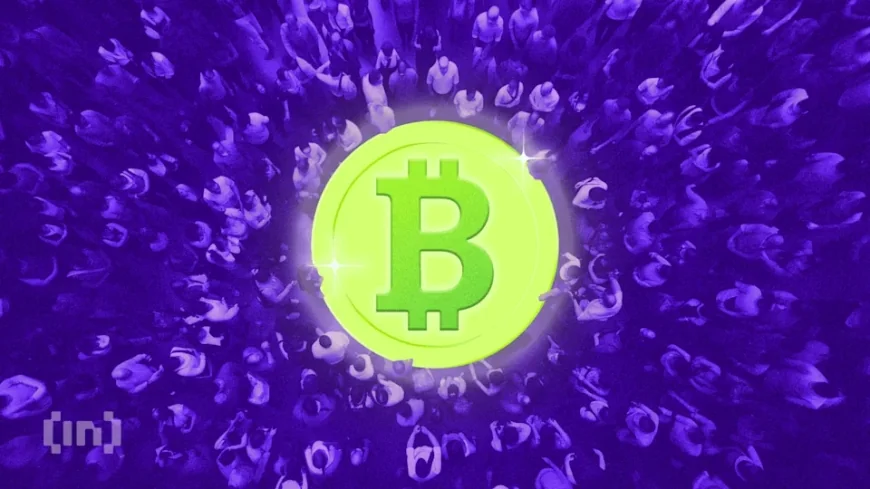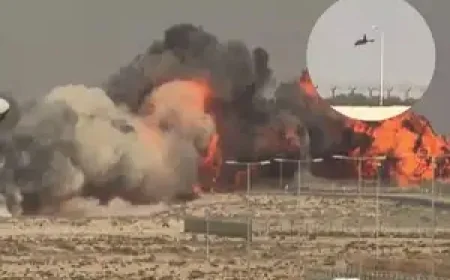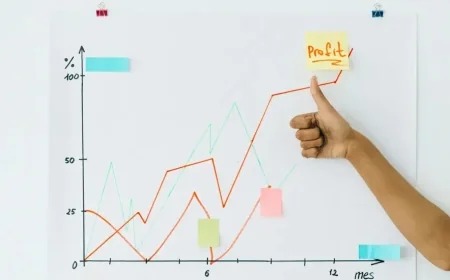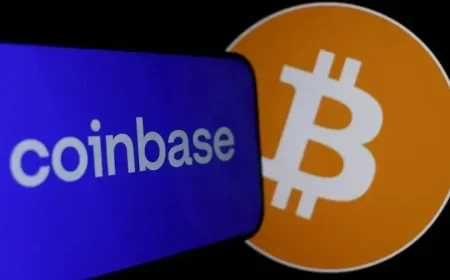Bitcoin has passed the $100,000 crash test what's next
Bitcoin's recent drop below $100,000 tested investor courage and market confidence. Nevertheless, the largest cryptocurrency has rebounded sharply and re-established its new psychological threshold.

Bitcoin's recent drop below $100,000 tested investor courage and market confidence. Nevertheless, the largest cryptocurrency has rebounded sharply and re-established its new psychological threshold.
All analysts agree that despite the short-term turmoil, Bitcoin's structural trend remains intact and potentially bullish. Most analysts consider the US government shutdown a major hurdle for prices in the current market.
PlanB: Mid-cycle, not frenzy
PlanB, creator of the stock-to-flow (S2F) model, views this correction as a mid-cycle pause. His data shows that Bitcoin has remained above $100,000 for six consecutive months. This is a significant shift from resistance to support.
He argues that the market has not yet reached euphoria, with the RSI still hovering around 66. This is well below the 80+ levels of the previous cycle's peak.
"Without that frenzy," he says, "we probably wouldn't have reached the final peak."
PlanB estimates that the next major rally could target the $250,000-$500,000 range, provided Bitcoin continues to decouple from its intrinsic value—a hallmark of the current bull market.
Arthur Hayes: Secret QE Ahead
Arthur Hayes links Bitcoin's short-term weakness to a decrease in US dollar liquidity. Since the US debt ceiling was raised in July, the Treasury General Account (TGA) has increased, draining liquidity from the markets.
Hayes says this dynamic has caused both Bitcoin and dollar liquidity indices to fall simultaneously.
However, he predicts that the coming reversal—when the US government reopens and spends its TGA balance—will mark the beginning of "secret QE."
He argues that the Fed will indirectly inject liquidity through the Standing Repo Facility, expanding its balance sheet without officially calling it quantitative easing.
In his words: "When the Fed starts cashing politicians' checks, Bitcoin will rise."
Raoul Pal: A Flood of Liquidity Ahead
Raoul Pal's liquidity model paints a similar picture. His Global Macro Investor (GMI) Liquidity Index—which tracks global money supply and debt—is trending upward over the long term.
Paul calls the current phase a "crisis window," where liquidity shortages and investor fear are testing confidence. But he expects a sharp reversal soon.
Fiscal spending will inject $250-350 billion into markets, quantitative tightening will end, and rate cuts will occur.
As liquidity expands globally—from the US to China and Japan—Pal says, “When this number goes up, all numbers go up.”
Outlook: Accumulation before expansion
Across all models, the consensus is clear: Bitcoin has weathered its liquidity-driven correction. Large holders are buying, technical support remains in place, and the macro setup points to renewed liquidity expansion.
Short-term volatility may persist due to the restructuring of fiscal and monetary mechanisms, but structurally, the next phase favors a gradual recovery and accumulation.
If liquidity indicators begin to rise again in the first quarter of 2026, both Hayes and Pal suggest that Bitcoin's next rally could come from the same base it just escaped—the $100,000 crash test.
What's Your Reaction?
 Like
0
Like
0
 Dislike
0
Dislike
0
 Love
0
Love
0
 Funny
0
Funny
0
 Angry
0
Angry
0
 Sad
0
Sad
0
 Wow
0
Wow
0











































